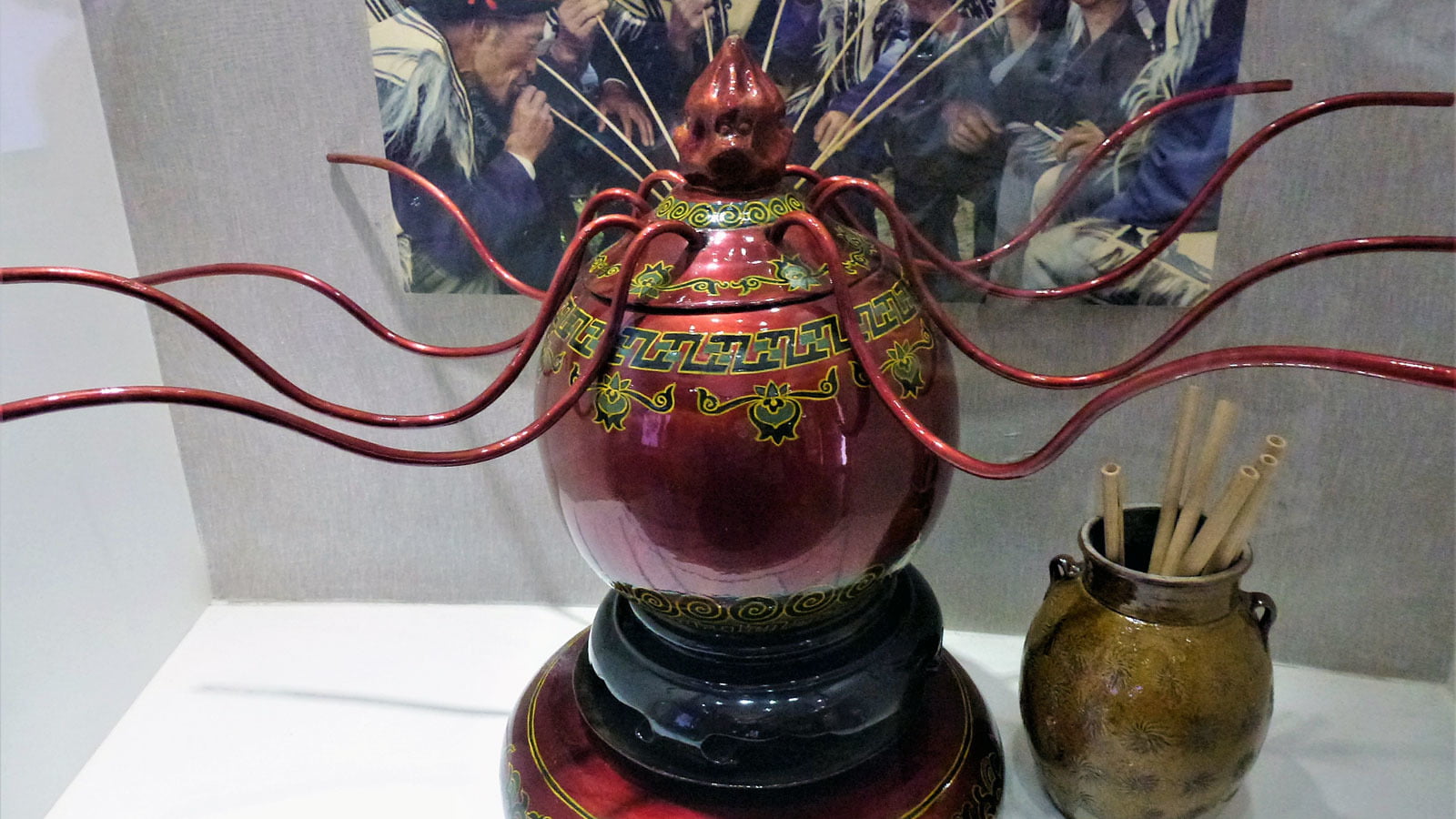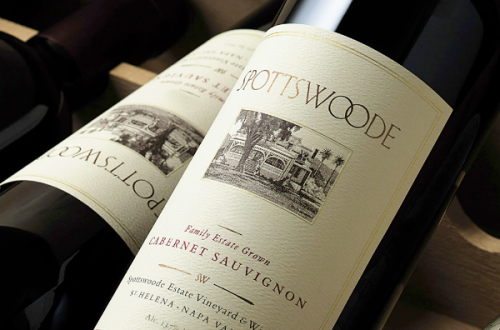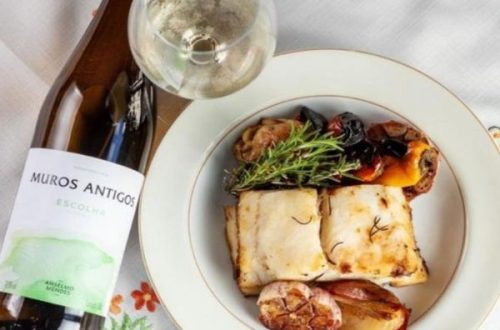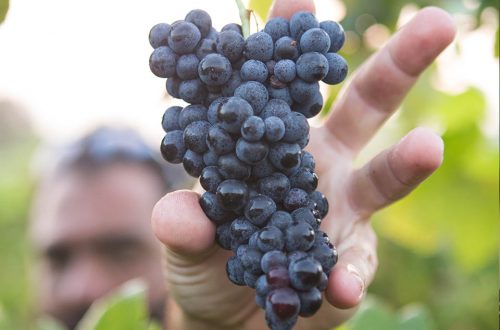Making the World’s First Wine: Who Taught Whom?
 Also a collaborative effort: drinking. Vessels like this one, found in southwest China, were used for communal games, er, rituals. (Courtesy of Prof. Peter Kupfer)
Also a collaborative effort: drinking. Vessels like this one, found in southwest China, were used for communal games, er, rituals. (Courtesy of Prof. Peter Kupfer)
By Collin Dreizen
Who made the first wine? It may be an unanswerable question, but that hasn’t stopped a number of countries from claiming the mantle. Thankfully, historians and archaeologists are still, sometimes literally, digging into it, unearthing ever more revelations about the world of wine 9,000 vintages ago. Amber Shine and Black Dragon Pearls: The History of Chinese Wine Culture, the latest entry in the canon of old-time wine, suggests that that world may have been bigger and more interconnected than we thought: Even in prehistoric times, winemakers were likely swapping tips and know-how from the Black Sea to the Yellow River.
Prof. Peter Kupfer of the University of Mainz offers this comprehensive history of Chinese potables, published April 27, a culmination of his decades-long fascination (his comprehensive summary can be read online in English) . “One of the most interesting and fascinating subjects all throughout the history of China,” Kupfer explained to Unfiltered via email, “is the tradition and ritualization of alcoholic beverages.”

The seeds for Kupfer’s study were planted in 2004, or 7000 B.C. “I was mainly inspired by the discovery of the 9,000-year-old earliest alcoholic beverage of mankind at the archaeological site of Jiahu.” That find included about 110 grape pips, and the “cocktail” was most likely a ferment of wild grapes. Working off that and other discoveries, Kupfer proposes that China’s early alcohol expertise was exchanged with other regions like the Fertile Crescent (in today’s Middle East) and the Caucasus—another ancient home to wine—and then throughout the Eurasian continent.
“I believe that there must have been an early exchange of ideas and technologies between different prehistoric groups,” Kupfer said, “including the art of fermentation.” And there are curious similarities in artifacts to back that up. “Special types of ceramic vessels used for producing, storing or serving alcoholic beverages were found all across the Eurasian continent,” said Kupfer, “being amazingly similar in their shape and decoration.” The lanes of communication stayed open: Roman wineglasses have been discovered at digs of southern Chinese port sites.
Apparently, ancient China was well-suited to get the wine (techniques) flowing. While Vitis vinifera was likely brought from the west, China has many, many native grape species. And plenty of China’s ancient wine rituals were all its own. Kupfer cites fantastical-sounding ancient Daoist wine-based elixirs with names like “jewelry nectar,” as well as boozy monikers for legendary figures: “immortal of alcohol” or “saint of alcohol.” Some ancient Chinese concepts are even recognizable in today’s wine philosophies: Neo-Confucian and cosmological concepts like qi and the Five Elements were considered influences in the growing and making of fermented beverages somewhat like terroir is now.
Another proponent of the Eurasian exchange theory and the unofficial dean of ancient booze Prof. Patrick McGovern, of the University of Pennsylvania, wrote the preface for Kupfer’s book. He told us he got a taste of work in Kupfer’s field as well: “I will never forget the thrill of tasting Black Chicken Heart wine, another grapevine of uncertain Asian origin, in the ‘homeland of grapes and wine,’ Shanxi and neighboring provinces, with Peter.” Maybe not your own dram of choice, but there were a lot of ideas fermenting in those goblets of Black Chicken Heart. As Kupfer summed up: “The mastery of fermentation processes promoted almost all the achievements of civilization in a more or less direct way, including religious beliefs, music, art, language, literature and writing.”
Content retrieved from: https://www.winespectator.com/articles/making-the-world-s-first-wine-who-taught-whom-china-archaeology-unfiltered.




